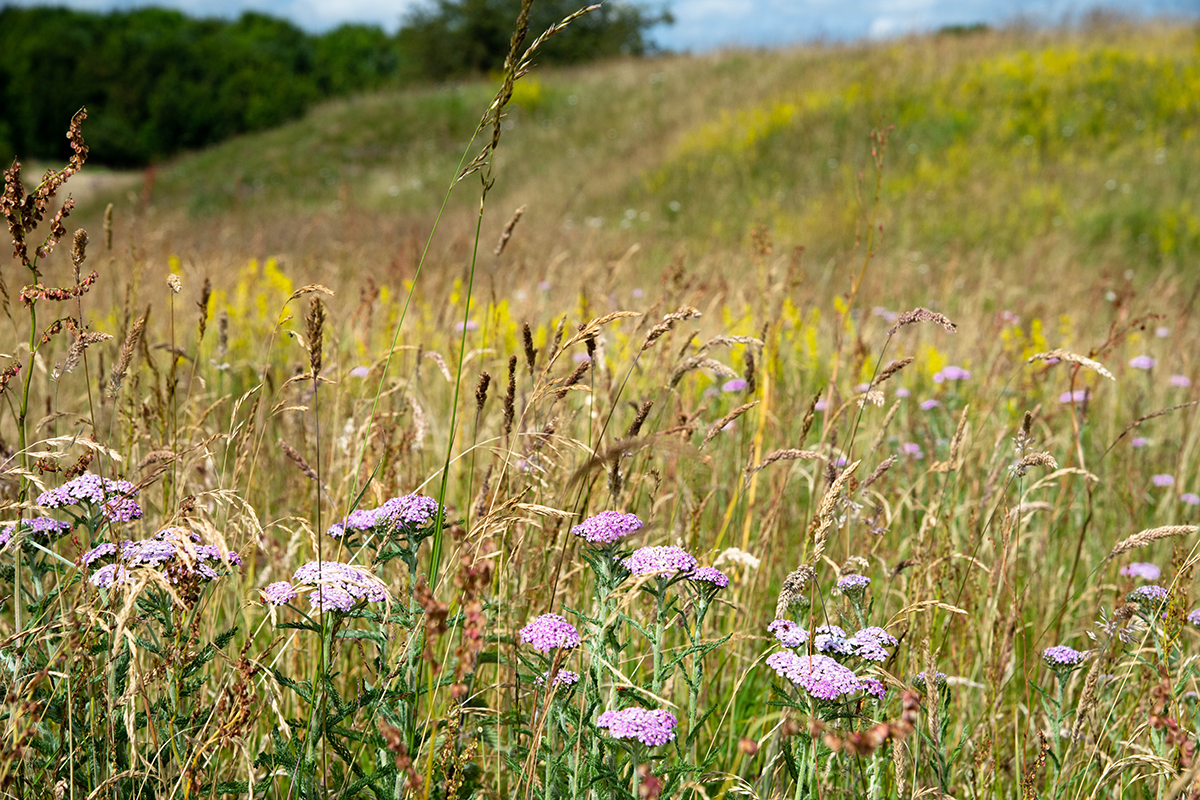8 Takeaways from Biodiversity Net Gain Consultation
The consultation on the delivery of Biodiversity Net Gain (BNG) closed in early April. Our Ecology Director, Emma Toovey, details the 8 key points we believe are crucial to the success of BNG, as enacted in the 2021 Environment Act.
Foremost in our response is that any legislation must not lose sight of BNG’s primary purpose to enhance and restore biodiversity across England.
Below are the eight elements we believe will make the delivery of BNG achievable and sustainable, despite the inevitable effects of climate change on habitat performance over the coming years.

Private investment is crucial to BNG success
BNG is capable of contributing substantially towards HMT’s target of £500million per annum in private investment for UK nature by 2027 and £1 billion by 2030.
Undue advantage should not be given to planning authorities, Natural England or third sector environmental organisations, and private investment should be encouraged and incentivised in delivering BNG. Without it, there is a very real risk that BNG will not be delivered at the scale or pace required to avert the environmental threats to our planet.
There must be a level playing field for BNG to succeed
It is essential for the stability and growth of the emerging BNG market, and to ensure that the best outcomes are secured and delivered, that there is one set of rules for BNG and everyone plays by them. No special treatment. No two-tier systems. On-site or offsite, public sector or private sector – we must have a level playing field in terms of technical, legal and financial requirements in order to meet the primary aim of BNG as quickly as possible. We need clarity and transparency – and as soon as possible.
On-site habitat creation must not be exploited as genuine biodiversity enhancement
We recognise that there is a place in the market for on-site habitat creation, creating high-quality developments with excellent standards of green and blue infrastructure delivery, that provide good access to nature and deliver multi-functioning environmental benefits.
But these high design standards must be the norm, irrelevant of new legislation mandating BNG, and not exploited as genuine biodiversity enhancement. Whilst such green design can contribute to the overall Biodiversity Gain Plan, all developments must contribute to the over arching primary purpose of BNG – to reverse the national decline of biodiversity and give back more than is being lost. The limitations of achieving this on-site, where conflicts arise between competing uses, must be honestly recognised by the emerging process.
There are limitations to small scale off-site BNG delivery
A bespoke option is an obvious choice when complex ecological and wider environmental mitigation and compensation requirements are necessary.
However, when the best outcomes for nature are being limited by the scale of the site; the security of the funding, the legal mechanisms that ‘underwrite’ the delivery of the BNG and where the liabilities of failure fail (for example should the management company go bankrupt), small scale, piecemeal plans will not deliver the best BNG outcome.

Habitat Banking models have the greatest chance of achieving BNG
If supported by secure funding, underpinned by effective contracts and designed and implemented by experts, Habitat Banks can deliver BNG at scale to the necessary target condition over the full term of the project.
They are administratively easier to manage, provide a significant income stream for rural communities, and can add value to the land of farmers and landowners currently being challenged by post-Brexit agricultural policy.
The investors taking the biggest risks must not be penalised
High-quality nature at scale is our greatest chance of achieving nature recovery quickly. The bigger the scale, the greater the investment and in turn, the greater the risk for those investing in a fledgling, emerging marketplace. It is essential that the emerging legislation and regulatory framework enables private investment at scale, and does not unduly penalise investors (for example by time limiting the sale of Biodiversity Units from a Habitat Bank) that are seeking to deliver bigger, better and more joined-up BNG outcomes. Biodiversity outcomes must be the primary driver for decision making and the regulations should not be dumbed down to enable investment that does not meet this primary aim.
Local Nature Recovery Strategies (LNRS) should be flexible
We commend and welcome the identification of spatial networks that reflect where the greatest contributions to nature recovery can be made.
However, an over reliance on these and an alternative, top-down model of nature location decided exclusively by a mapping exercise, will stifle opportunities for nature recovery.
Landowners outside of these networks should not be discouraged from doing good things for nature.
We ask for the current flexibility in the application and weighting of networks to be measured by the Defra metric alone – which already rewards providers that contribute most to the LNRSs.
Clarity is needed on how the spatial hierarchy can be applied to ensure that the best BNG outcomes are secured
We support the need to adhere to the spatial hierarchy, but we suggest that Local Planning Authorities (LPAs) should be given advice on the delivery of BNG ‘across borders’ where all possibilities have been exhausted locally, and there are ecologically sound BNG options located outside the LPA jurisdiction. For example, in places like London, there is unlikely to be the necessary land available to deliver BNG within the local authority boundaries, so alternatives must be considered.
